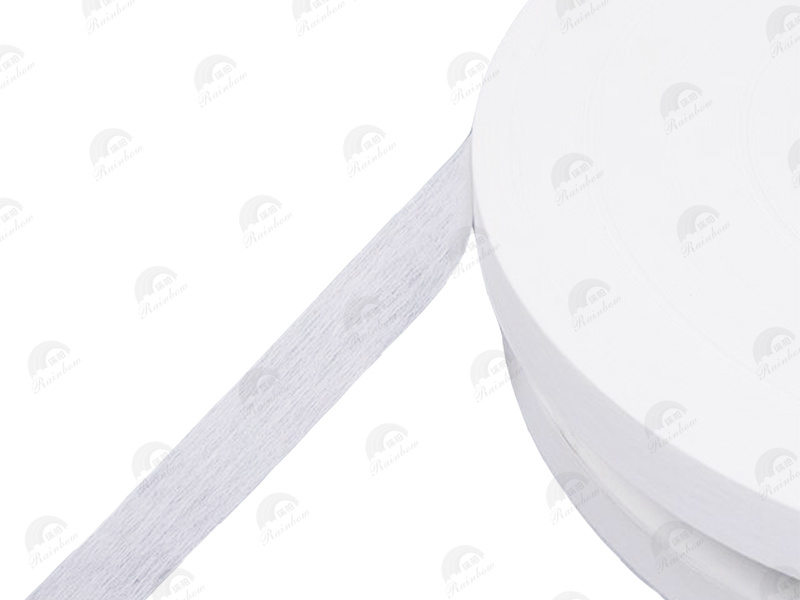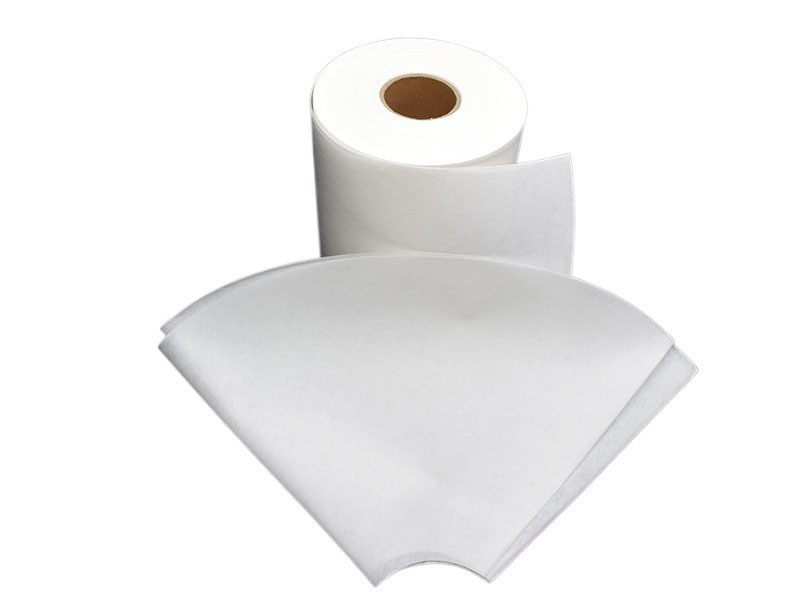Choosing the Right Soft Handfeel Fusible Interlining for Your Projects
Release time:
2025-05-30
Choosing the Right Soft Handfeel Fusible Interlining for Your Projects
Table of Contents
- Understanding Fusible Interlining and Its Importance
- Types of Soft Handfeel Fusible Interlining
- Factors to Consider When Choosing Fusible Interlining
- Applications of Soft Handfeel Fusible Interlining
- How to Properly Apply Fusible Interlining
- Care and Maintenance of Fusible Interlining
- Common Issues and Solutions
- Expert Tips for Selecting the Best Fusible Interlining
- Frequently Asked Questions
Understanding Fusible Interlining and Its Importance
Fusible interlining plays a crucial role in the textile industry, serving as an essential component in garment construction. This material reinforces fabrics, providing structure and stability while enhancing the overall appearance of the finished product. When we refer to **soft handfeel fusible interlining**, we highlight its unique ability to maintain the softness and drape of the fabric, ensuring that garments feel comfortable against the skin.
The primary purpose of fusible interlining is to add support to areas that require durability, such as collars, cuffs, and waistbands. By choosing the right soft handfeel fusible interlining, we can significantly impact the garment's quality and wearability.
Types of Soft Handfeel Fusible Interlining
When selecting soft handfeel fusible interlining, it’s essential to understand the different types available on the market. Each type offers unique properties suited for various applications. Here are some common types:
1. Woven Fusible Interlining
Woven fusible interlining is made from threads that are woven together, offering strength and stability. It's ideal for structured garments and provides a professional finish.
2. Non-Woven Fusible Interlining
Non-woven fusible interlining is composed of fibers that are bonded together without weaving. This type is generally softer and more flexible, making it perfect for lightweight fabrics.
3. Knit Fusible Interlining
Knit fusible interlining features stretchable fibers, making it suitable for knit fabrics. This type maintains the fabric's elasticity while providing the necessary support.
4. Fusible Fleece
Fusible fleece is thicker and provides extra warmth and cushioning. It is ideal for outerwear and home decor projects, offering both structure and comfort.
Factors to Consider When Choosing Fusible Interlining
Selecting the correct fusible interlining involves several critical factors that can affect the final outcome of your project. Here are the key considerations:
1. Fabric Type
The type of fabric you’re working with should guide your choice of interlining. For lightweight fabrics, opt for lighter interlinings, while heavier fabrics can benefit from more robust options.
2. Desired Handfeel
Consider how you want the finished garment to feel. Soft handfeel fusible interlining ensures comfort and drape, while stiffer options can create a more structured look.
3. Application Method
Different interlinings may require specific application methods. Ensure you follow the manufacturer's guidelines for the best results.
4. Washability
Check if the fusible interlining is washable or dry clean only. This aspect is crucial for maintaining the integrity of the garment after laundering.
5. Weight
The weight of the interlining should be compatible with the fabric weight. Mismatched weights can lead to undesirable drape and structure.
Applications of Soft Handfeel Fusible Interlining
Soft handfeel fusible interlining is versatile and can be used in various applications:
1. Garment Construction
Whether for shirts, blouses, or dresses, using the right interlining can enhance the overall quality and durability of the garment.
2. Accessories
From bags to hats, fusible interlining provides support and structure, ensuring that accessories maintain their shape.
3. Home Decor
Soft handfeel fusible interlining is also beneficial in home decor projects, such as curtains and upholstery, adding body without sacrificing softness.
How to Properly Apply Fusible Interlining
Applying fusible interlining correctly is vital for achieving professional results. Follow these steps for a successful application:
1. Pre-Wash Fabrics
Always pre-wash your fabrics to avoid shrinkage after the garment is completed.
2. Cut the Interlining
Cut the fusible interlining to the desired size, ensuring it matches the fabric's shape.
3. Position the Interlining
Place the fusible side of the interlining against the wrong side of the fabric.
4. Use the Heat Source
Using a pressing cloth, apply heat with an iron set to the appropriate temperature. Press firmly without moving the iron to ensure proper adhesion.
5. Allow to Cool
Let the fabric and interlining cool completely before handling to secure the bond.
Care and Maintenance of Fusible Interlining
To prolong the life of your projects, proper care and maintenance are essential:
1. Follow Washing Instructions
Adhere to the washing and care instructions for both the fabric and interlining to prevent damage.
2. Avoid Excessive Heat
When ironing, avoid high temperatures that may damage the fusible bond. Use a lower setting instead.
3. Store Properly
Store completed garments in a cool, dry place to maintain their shape and integrity.
Common Issues and Solutions
Even with careful application, issues may arise. Here are common problems and their solutions:
1. Peeling Edges
If the edges of the interlining peel, reapply heat and pressure to secure them back in place.
2. Bubbling
Bubbles may appear if the iron is moved while applying heat. Re-press with the iron, ensuring to hold it still for a few seconds.
3. Shrinkage
If the interlining shrinks after washing, ensure you pre-wash fabrics before application in future projects.
Expert Tips for Selecting the Best Fusible Interlining
To achieve the best results, consider these expert tips:
1. Test Before Use
Always conduct a test on a scrap piece of fabric to ensure compatibility and desired results.
2. Consult Professionals
Seek advice from fabric store professionals or industry experts for tailored recommendations based on specific projects.
3. Stay Informed on Trends
Follow the latest trends in textile and garment construction to enhance your skills and knowledge.
Frequently Asked Questions
1. What is fusible interlining made of?
Fusible interlining is typically made from woven, non-woven, or knit fibers that have been treated with an adhesive for bonding to fabric when heat is applied.
2. Can I use fusible interlining on all types of fabric?
While fusible interlining can be used on many fabrics, it is essential to select the appropriate type for specific fabric characteristics, such as weight and stretch.
3. How do I prevent the interlining from sticking to my iron?
Using a pressing cloth between the iron and the interlining can prevent sticking and protect your iron from adhesive residues.
4. Is fusible interlining machine washable?
Most fusible interlinings are machine washable, but always check the manufacturer's instructions to ensure proper care.
5. What is the difference between fusible and sew-in interlining?
Fusible interlining uses heat to bond to the fabric, while sew-in interlining is attached with stitches and does not have an adhesive backing.
Conclusion
Selecting the right soft handfeel fusible interlining for your projects is essential in achieving high-quality textile outcomes. By understanding the various types, factors to consider, and proper application methods, we can enhance the durability and aesthetics of our garments. With attention to detail and a commitment to quality, your sewing projects will not only look professional but also feel great. Embrace the world of fusible interlining, and let your creativity flourish!
Soft Handfeel Fusible Interlining
Latest News
Nantong Rainbow Technology Co., Ltd.
Telephone:+86-13587673537
E-mail:chrislc717@163.com
Address: Group 42, Xizansi Village, Xiting Town, Tongzhou District, Nantong City, Jiangsu Province

Copyright©2024 Nantong Rainbow Technology Co., Ltd. | Powered by www.300.cn
Copyright©2024 Nantong Rainbow Technology Co., Ltd.
Powered by www.300.cn




